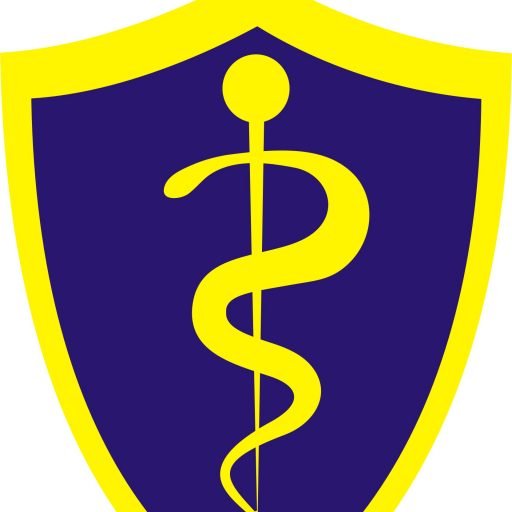What is electrochemotherapy?
Electrochemotherapy is a way of getting specific chemotherapy drug into cancer cells.
It is a combination of:
- Chemotherapy injected into the tumour or bloodstream
- Aan electric pulse to send the chemotherapy into the cancer cells (called electroporation)
A special probe sends an electric pulse to the tumour. The electric pulse changes the outer layer of the cancer cell. This makes it easier for the chemotherapy to get inside the cell.
Who can have electrochemotherapy?
Doctors use electrochemotherapy for cancers that started in the skin or have spread to the skin from elsewhere. These include:
- Basal and squamous cell skin cancers
- Melanoma skin cancer
- Kaposi’s sarcoma
- Breast cancer that has spread to the skin
- Head and neck cancers that have spread to the skin
Electrochemotherapy has been approved by many of European Health Authorities including the National Institute for Health and Care Excellence (NICE) as a possible treatment to relieve symptoms for people with cancers affecting their skin. It can help to control symptoms when other treatments are no longer working.
Most people who have this treatment have shown improvement in their symptoms. How much it helps varies from one person to another. You might need more than one treatment to control your symptoms.
Research is looking into finding out more about how well it works and which patients it can help.
Having electrochemotherapy
You usually have electrochemotherapy as a day patient. But occasionally people need to stay in hospital overnight. You will have either a general anaesthetic, so you are asleep, or you might have a local anaesthetic with a drug to make you sleepy (sedation).
You have chemotherapy as either:
-
An injection into the tumour (intratumoural)
-
An injection into your bloodstream through a small tube (intravenously)
The type of chemotherapy you might have is either Cisplatin or Bleomycin. You have much lower dose than with standard chemotherapy treatment. This is because the electric pulse helps the chemotherapy get through the cell wall. Lower doses of chemotherapy mean fewer side effects.
Injection into the tumour
You might have this treatment awake with a local anasethetic to numb the area or you might be asleep (general anasethetic).
First you have an injection of local anaesthetic to numb the area. The doctor then injects the chemotherapy and you have the electric pulse immediately afterwards.
Injection into a vein
You usually need to have this while you are asleep, under general anaesthetic.
You have the chemotherapy into a vein. Then eight minutes later, you have the electric pulse to the tumour.
The electric pulse comes from a special machine. Attached to the machine is a probe. The probe is the size of a large pen and has an electrode on it. The doctor puts the electrode against your skin to deliver an electric pulse to the tumour.
Your whole treatment can take between 10 and 60 minutes, depending on how many tumours you have.
Side effects of electrochemotherapy
The main side effect is pain in the area where the electrode touches the skin. This is usually mild and lasts for a couple of days. More rarely some people have more severe pain that can last between two and four weeks. Your doctor or clinical nurse specialist will give you some painkillers if you need them.
Some people have muscle contractions during the treatment. Your doctor can slightly alter the way they give treatment if this is uncomfortable. You may also feel sick but this is usually mild and you can have anti sickness medicines. Infection in the area you have treatment is rare. Tell your doctor if you notice the area has become redder, swollen, painful or if there is any discharge.
You might notice the colour of your skin changes where you had treatment. It might be darker or lighter. This usually fades with time but can be permanent for some people.
The area where you have treatment can form an ulcer or the skin might breakdown. If this happens you will need a nurse to dress it until it heals. This might take a couple of weeks.
Research into electrochemotherapy
So far, researchers have used electrochemotherapy to control symptoms of advanced skin cancers when other treatments aren’t working.
In the future, researchers hope that electrochemotherapy could become a treatment for early skin cancers. But we need to compare it with the current standard treatments and this can take many years.
Researchers are also looking into using electric pulses to treat cancers in body cavities. These include early bladder cancers and cancers in the chest. This treatment in body cavities is called electromotive drug administration.
Reference: Cancer Research, UK, 2019
